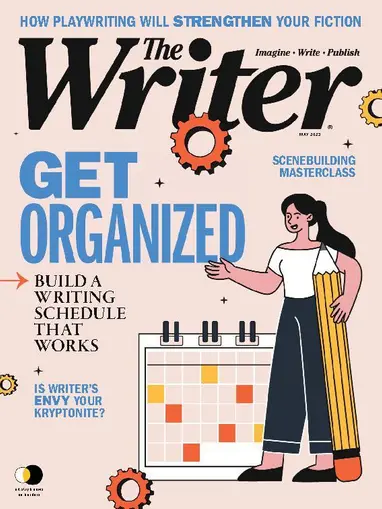Backward Blogging
This month’s Hunt’s Headlines tip is a great reminder for content writers of every ilk: Read your copy backward. Huh? Reading backward forces you to focus on each individual word without the surrounding context, Hunt’s first boss taught him.
Even though we have access to a stockpile of online grammar and spelling tools, Clifford Chi of hubspot.com admits, typos are inevitable. Chi posts pics of juice bottles labeled “orignal” and a prescription label directing the patient to “take one capsule by mouth nightly 2 hours before ded.” Meanwhile, Gur Tirosh of historybyday.com shows us a “no enrty” sign, a banner touting a high school commited to high standards, and a street sotp warning message.
Big deal? Do content writers need to be overly concerned with bloopers in blog content? Michael Hyatt, author of Platform: Get Noticed in a Noisy World, doesn’t think so. Blogs are not books, Hyatt reasons, and you can make corrections later and republish. At Say It For You, we tend to side with the view expressed by Brian Clark of copyblogger.com, who says that certain types of errors “can make you look dumb”.
Has the thinking changed? Are blog readers more likely to overlook typos and grammar errors? Hmm…Back in 2008, when the Say It For You content marketing company was in its infancy, I observed that Americans appear to fall into different camps when it comes to writing bloopers, ranging from the functionally illiterate to grammar-Nazi reformers. Although blog audiences tend to be scanners rather than readers, I suggested that there will inevitably be those who notice bloopers and form a negative impression of the products and services you offer.
Can spelling and grammar mistakes make you seem more “human” to your blog readers, as one reader of the marketinginsidergroup.com blog suggested? Er….not really, is my take on that one – even back in 2017, I wrote that even though your blog is supposed to reveal the “real you”, and should be informal in tone, the “Real Me” has a very real opinion on the subject of grammar and spelling, convinced that customers like to buy from people who are in command of language tools.
Proofreading is as challenging as it is important, Mary Cullen writes in the instructionalsolutions.com blog. “It’s the final touches needed that ensure a business document is correct, consistent, and professional.” Cullen recommends taking a 24-hour break from the content before proofreading it, then reading it aloud to highlight awkward sentences.
Thanks, Todd Hunt, for reminding us content writers that it can be very forward-looking of us to proofread our blog posts backward!






Follow us online!